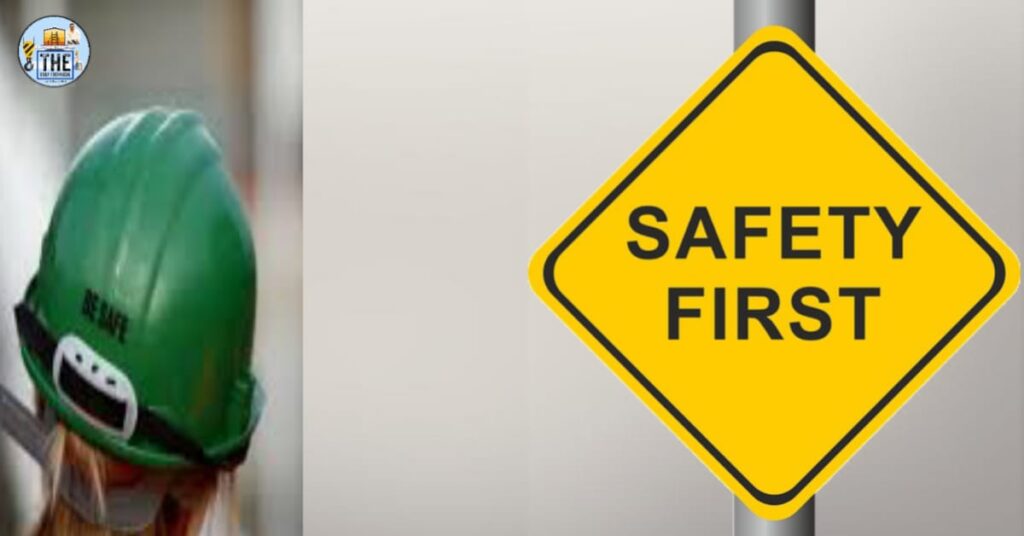Accountability of the safety supervisor and officer.
1) TBT is conducted every day.
2) Inspection of PTW.
3) Observation report every day.
4) Monthly activities are scheduled in accordance with the timetable to ensure that the checklist is checked every day.
5) Weekly safety training is conducted every day.
6) Housekeeping check lists are filled out on a daily basis.
7) Other requirements: WC policy, car policy, and labor license checking every day, every week, and every month.
8) First aid register checking and report filling
9) Near-miss report register checking every week and every month.
10) Water test certificate checking every 6
month.
11) All tools must be tackled before on-site hard part inspection.
12) In-site TPI certificate available in the 8th office or displayed in all machinery, boom lifts, hydra faranas, and cranes.
13) All documents displayed in farana, boom lift and crane (insurance certificate, TPI, and RC certificate)
14) All machines are displayed on the operator information sheet.

checking of all plan
1) HSE manual
2) HSE plan.
3) Organization chart
4) Jsa
5) HIRA
6) Emergency response plan.
7) Fire safety plan
8) Waste management plan.
9) Traffic management plan.
10) MSDS ( material safety and data sheet)
11) Method statement
All documents submitted by a nearby client
Other documents should be submitted by the client.
All documents require approval and signatures.
Also read more: Safety responsibility of the supervisory safety officer.
Site-related for requirements
1) Safety park and Assembly point
2) Induction Room available at site
3) First aid room available at site (First aid kit and bed, stancher available in first’aid room)
4) Vehicle parking area is available at site
5) Emergency vehicles available at site; ambulance
6) Scrap yard available at site.
7) Material stacking area: proper level and proper soil compete.
8) Standard office available at site
9) All requirements as per standard and logistics plan as available at site
10) Water facilities are available at site
Safety inspections to be conducted for electrical panel board
1) Visual examination for visible damage indicators, including dents or cracks.
2) Verify that all labels are correctly labeled, including voltage ratings and circuit identification.
3) Verify that every circuit breaker is positioned and fastened correctly.
4) Make sure there are not any exposed or loose wires.
5) Keep an eye out for any signs of overheating, such as discoloration or burning smells.
6) Check the tightness of connections, including screws and terminals.
7) Ensure that the panel board is properly grounded.
8) Verify whether safety elements such as barriers and covers are present.
9) Inspect for any unauthorized modifications or additions.
10) Check that the panel board is accessible and not blocked.
11) Verify that there are no water leaks or moisture inside the panel.
12) Check that circuit breakers and other safety devices are working properly.
13) Ensure that emergency shut-off procedures are clearly posted.
14) Confirm compliance with local electrical codes and regulations.